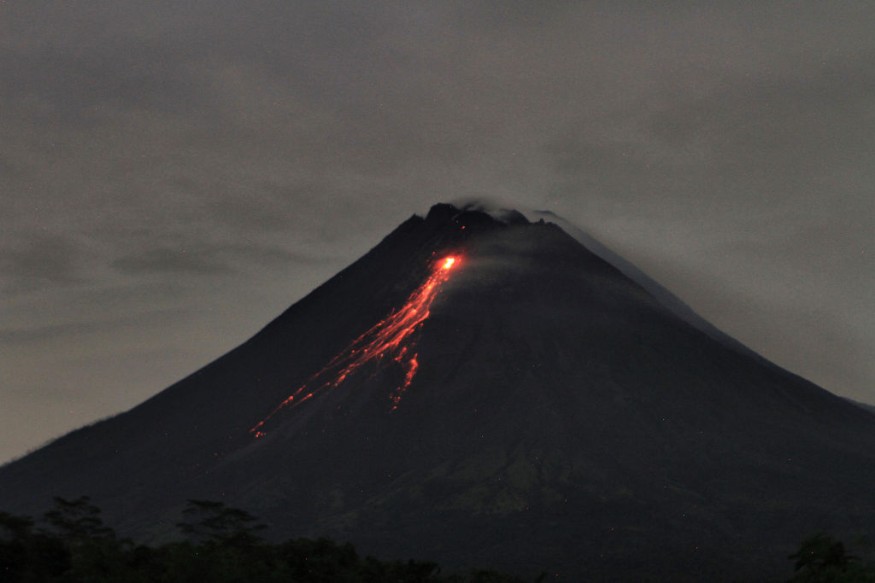Dinosaurs were able to flourish during the Jurassic period following a global cooling caused by lower volcanic temperatures from volcanic eruptions at the end of the Triassic Period 201 million years ago-when the fourth mass extinction event occurred.
Global Cooling Allowed Dinosaurs to Grow and Thrive

Researchers found that small-bodied dinosaurs were able to grow and occupy previously-held habitats of land and marine animals that disappeared during volcanic eruptions at the end of the Triassic period. Following the event, dinosaurs will live for up to another 135 million years before the fifth mass extinction event 65 million years ago.
A research team from the US, Japan, and Sweden have discovered evidence that global cooling due to low volcanic temperatures of volcanic eruptions paved the way for the fourth mass extinction event at the end of the Triassic period 201 million years ago.
However, the event allowed dinosaurs to flourish and grow during the Jurassic period. The study was led by Kunio Kaiho, a professor at Tohoku University in Sendai, Japan.
In their study published in the journal Earth and Planetary Science Letters, the team demonstrated how volcanic eruptions cooled the Earth.
The researchers showed that the global cooling was caused by the eruptions' low-temperature magma-which eventually heated sedimentary rocks and released high sulfur dioxide and low carbon dioxide. According to the study, the emissions of these elements led to global cooling of the Earth.
Link Between Volcanic Eruptions and Mass Extinctions
The exact connection between volcanic eruptions and mass extinction is not completely determined yet. However, a study published in the journal Earth-Science Reviews mentioned that scientists have found significant correlations between fossil and sedimentary records and volcanic activities.
The study stated that most of the so-called big five mass extinction events have been attributed to cataclysmic magmatic activities, including eruptions from the Central Atlantic Magmatic Province.
Scientists believe the fourth mass extinction during the end of the Triassic Period was caused by volcanic eruptions in the Central Atlantic Magmatic Province, the largest region of volcanic rock.
Large volcanic eruptions create climatic changes that may influence evolutionary changes. However, the temperature of a volcanic eruption determines whether a climate heats or cools down, as per Phys.org.
Are We Heading for the Next Mass Extinction Event?
The study of Kaiho and the rest of the research team sheds light on how past mass extinction events, especially the fourth event, occurred. The study also serve as a tool for further research in understanding and predicting the next mass extinction event.
Since the emergence of animals, there have been five mass extinction events. For the past 500 million years, all organisms had to recover from these mass extinction events, which have resulted in more than 75% to more than 90% of all species that lived on Earth having gone extinct, as per National Geographic.
At the end of the Triassic Period, large volcanic eruptions-approximately 201 million years ago led to the fourth mass extinction event. The eruption eventually killed most of the land and marine animals but allowed other surviving animals, including the small-bodied Dinosaurs, to thrive and evolve during the Jurassic period, as per the Massachusetts Institute of Technology (MIT).
© 2025 NatureWorldNews.com All rights reserved. Do not reproduce without permission.





